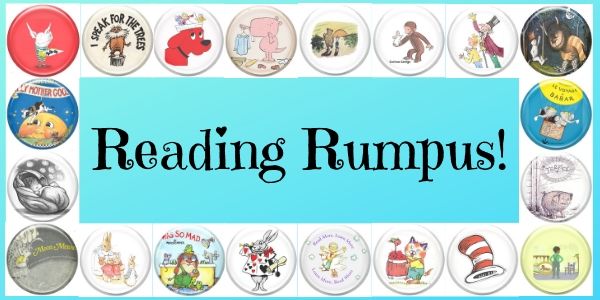 I love fairy tales, collect them in fact, but Pinocchio
I love fairy tales, collect them in fact, but PinocchioPinocchio
The story itself is a glimpse at the ferocious world of childhood where everything is tempting and dangerous. It uses elements of fantasy in an allegorical manner, jumping from extremes of preachiness to ridiculousness. It warns against our darkest nature and praises kind spirit.
Reading Pinocchio
I’m glad that I can add Pinocchio
3 stars only in deference to its status as a classic.
-------------------- Resources --------------------
Genre: Fairy Tale Classic, Read Aloud. Pages: 208.


Themes: Coming of Age, Overcoming Adversity, Love


 Thank you to Library Thing. Publisher: NRYB Classics. Date: November 2008. ISBN-10: 1590172892 / ISBN-13: 978-1590172896
Thank you to Library Thing. Publisher: NRYB Classics. Date: November 2008. ISBN-10: 1590172892 / ISBN-13: 978-1590172896Buy Pinocchio Here
 Carlo Collodi is the pen name for Italian children's writer Carlo Lorenzini. There is a park, Pinocchio Park, located in Italy dedicated to puppetry and children's literature. You can read more about Carlo on his National Foundation website.
Carlo Collodi is the pen name for Italian children's writer Carlo Lorenzini. There is a park, Pinocchio Park, located in Italy dedicated to puppetry and children's literature. You can read more about Carlo on his National Foundation website.____________________________________________________________
 © 2007-2009 Cheryl Vanatti for www.ReadingRumpus.com
© 2007-2009 Cheryl Vanatti for www.ReadingRumpus.com 